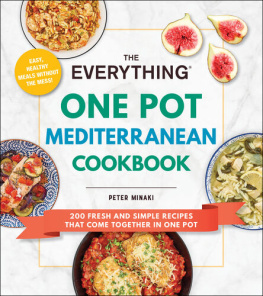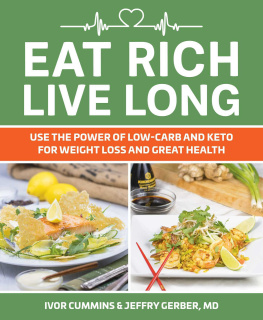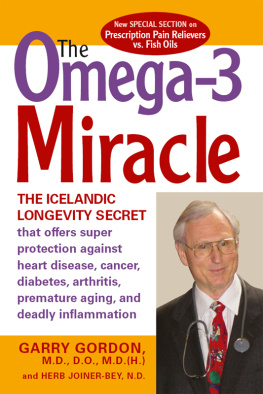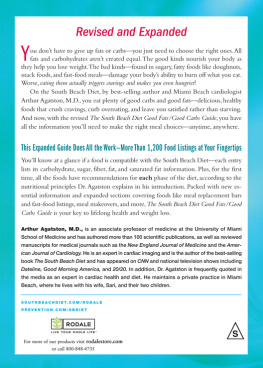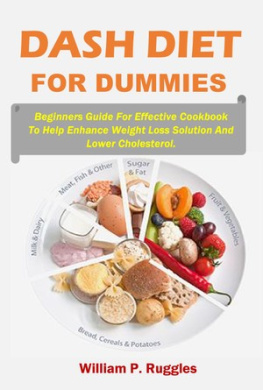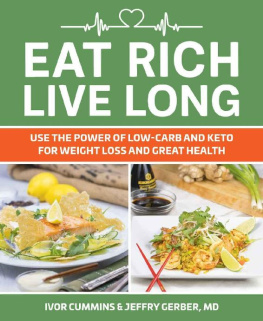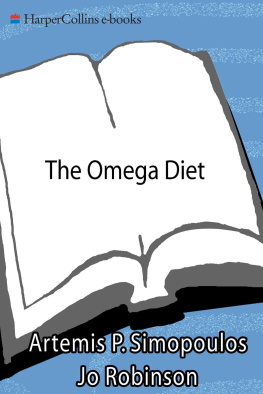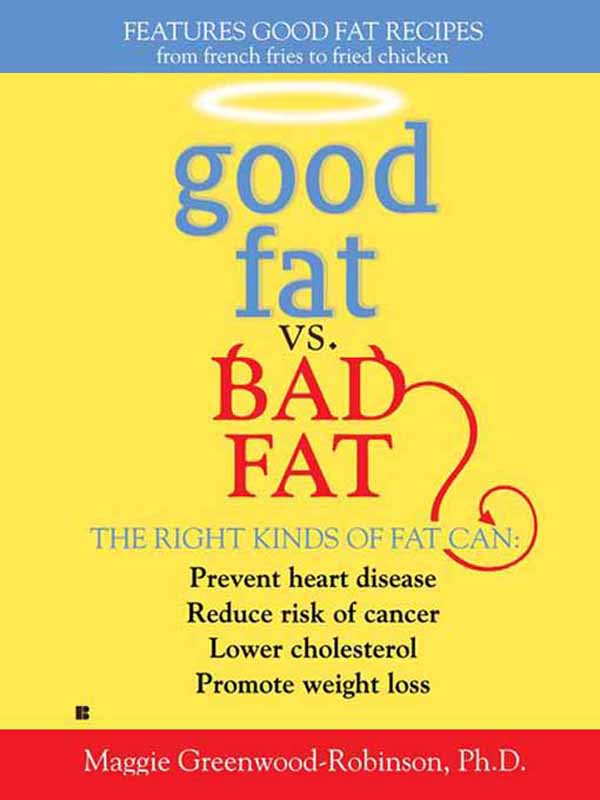Maggie Greenwood-Robinson - Good Fat vs. Bad Fat
Here you can read online Maggie Greenwood-Robinson - Good Fat vs. Bad Fat full text of the book (entire story) in english for free. Download pdf and epub, get meaning, cover and reviews about this ebook. year: 2002, publisher: Penguin Publishing Group, genre: Science. Description of the work, (preface) as well as reviews are available. Best literature library LitArk.com created for fans of good reading and offers a wide selection of genres:
Romance novel
Science fiction
Adventure
Detective
Science
History
Home and family
Prose
Art
Politics
Computer
Non-fiction
Religion
Business
Children
Humor
Choose a favorite category and find really read worthwhile books. Enjoy immersion in the world of imagination, feel the emotions of the characters or learn something new for yourself, make an fascinating discovery.
- Book:Good Fat vs. Bad Fat
- Author:
- Publisher:Penguin Publishing Group
- Genre:
- Year:2002
- Rating:4 / 5
- Favourites:Add to favourites
- Your mark:
Good Fat vs. Bad Fat: summary, description and annotation
We offer to read an annotation, description, summary or preface (depends on what the author of the book "Good Fat vs. Bad Fat" wrote himself). If you haven't found the necessary information about the book — write in the comments, we will try to find it.
These days, fat tends to get a lot of bad press. But the truth is, most fats are actually good for us. In fact, the right kinds of fat can help us prevent cancer, heart disease and unwanted weight gain. Having the right balance of fats in our diet can help us lead happier, healthier, more vibrant lives. But the key to achieving a fat-healthy lifestyle is understanding which kinds of fat do whatand where these fats can be found.
In this book with information based on the American Heart Association guidelines, youll learn all about:
The different kinds of fat and how they affect your body
Whyand howto avoid the bad fat
The pros and cons of fat substitutes
The fats that actually burn fat
The healing power of Omega-3 fatty acids
The health benefits of monounsaturated fats
The many uses for Primrose, Flaxseed and Borage oils
Designing a Fat-Healthy diet
PLUS Good Fat recipes to get you started
Maggie Greenwood-Robinson: author's other books
Who wrote Good Fat vs. Bad Fat? Find out the surname, the name of the author of the book and a list of all author's works by series.



